MARKET OVERVIEW
The Global Reusable Feminine Hygiene Products market has gained a certain position in the personal care and hygiene industry as awareness regarding sustainable menstruation health options continues to sway several product choices. The market is thus evolving for products that offer longer usability and lesser environmental impact, thereby providing a new standard for menstrual hygiene management. Consumer behavior favoring eco-conscious products will influence this switch, whereas reusable products will win over disposal ones for their environmental advantage, comfort level, and economic feasibility.
The market includes a wide variety of products such as menstrual cups, cloth pads, period underwear, and reusable tampon applicators, all meant to serve hygiene purposes and minimize waste. Manufacturers will have to supply solutions that would remain fashionable and accessible while being comfortable, safe for health, and easy to use. The Global Reusable Feminine Hygiene Products market will gain in size to cater to a nascent user segment that is conscious about transparency with regard to production processes and long-term usability. With increased sensitivity toward sustainability issues, health, and personal autonomy, this sector will obtain increasing visibility among several demographic segments and geographical settings.
Thus, while reusable menstrual products have been around for some time, their rise in relevance seems to mirror a growing aversion to an extravagant consumer culture. Users today are becoming aware of the quality of materials and the lifecycle of the products, which will govern their buying behavior henceforth. Therefore, the Global Reusable Feminine Hygiene Products market will respond to the expectations by further developing product design, material technology, and marketing strategies focusing on health and environmental awareness. Innovations will aim to increase product mirage, better fit and absorption, and ease of cleaning, ensuring that performance remains uncompromised even after multiple uses.
The scope of this market will extend beyond retail trade to educational outreach, nonprofit distribution programs, and partnerships in the health sector. These endeavors will go a long way in normalizing reusable options among disadvantaged communities with barriers to access to menstrual hygiene. With growing support from governments and NGOs to menstrual equity initiatives, the Global Reusable Feminine Hygiene Products market will be involved with these stakeholders to further grow through donation models, subsidies, and school-based programs. These collaborations will enhance fortification in the market while driving social and environmental goals.
This will find a way for the Global Reusable Feminine Hygiene Products market to localize awareness campaigns and distribution, for example, a very urban North American product, needing to learn new tricks for acceptance into rural parts of Asia or Africa. Cultural specifics will be among the keys to the future success of reusable hygiene product brands as they attempt entering or growing in their emerging markets.
As the Global Reusable Feminine Hygiene Products market will remain a category keeping pace with the trends in long-holding use patterns, affordability, and changing consumer dimensions in an apparent industry of greater sustainability and accountability, menstruation will no longer be managed in the same way. Such means will provide alternatives to be in line with ecological values and personal well-being, affording space for innovation tailored to both practicality and social consciousness.
Global Reusable Feminine Hygiene Products market is estimated to reach $14,395.22 Million by 2032; growing at a CAGR of 5.4% from 2025 to 2032.
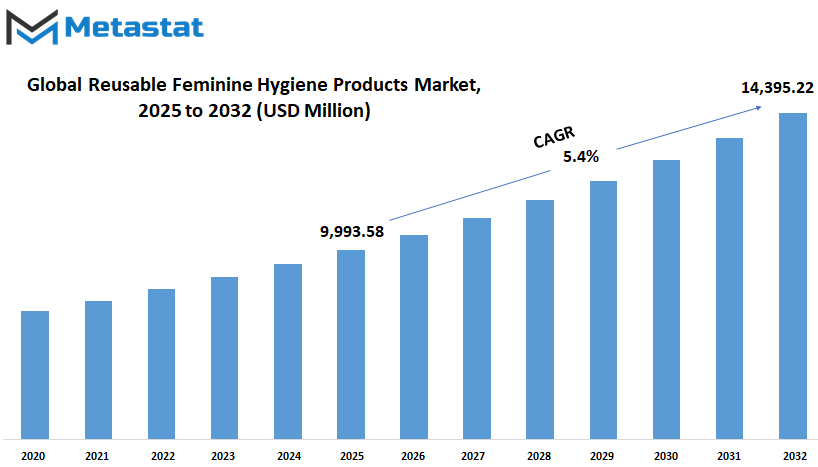
GROWTH FACTORS
The Global Reusable Feminine Hygiene Products market is steadily working towards a huge upswing, mainly driven by the elevated awareness of environmental issues and demand for sustainable alternatives. The more aware consumers get of their environmental footprint, the more they favour reusable over disposable products. Environmental awareness coupled with concern over pollution from single-use products fuels the market forward. This shift indicates the rising wave of green practices worldwide, and it will continue to gain momentum in the years ahead.
Long-term cost benefits are the primary drivers behind market growth for reusable feminine hygiene products. They comport higher costs than disposables in the beginning, yet menstrual cups, cloth pads, and period underwear can save women a lot of money in the long term. Women who want to long-term manage their menstrual health may find these things especially appealing since they will not have to keep on buying disposables. Later promoters would be those aware of the financial and environmental advantages to using products that last longer.
The challenge to the growth of the market is nevertheless present. In accessibility and awareness, the issues are more pronounced in developing regions. Though these products have been catching on in most developed parts of the world, they are actually not reaching their potential consumers thanks to lack of availability and lack of information about their benefits. Where the stigma or hygiene regulations affect perceptions, this could further aggravate the situation in some locations. The barriers therefore prevent wider application and slow overall growth prospects in the market.
Regardless of the challenges, opportunities for the market's growth look promising. Increasing support from health organizations and new companies actively involved in menstrual health education is creating a more knowledgeable public. To this end, many such organizations are working to demystify menstrual products and endorse reusable alternatives as the safest, healthiest, and environmentally conscious choices. As the word is getting out, particularly in areas with little traction for reusable products, the market will probably witness very high adoption rates.
With sustainability being each day's loudest talking point, the Global Reusable Feminine Hygiene Products market seems poised to thrive. There still exist various challenges; however, a positive scenario with increasing support for lending kudos from various fronts along with increasing demand for eco-friendly products will continue to offer a plethora of opportunities for sustainment and development in the years ahead.
MARKET SEGMENTATION
By Product Type
The Global Reusable Feminine Hygiene Products market is envisaged to grow tremendously over the years, with more people looking for sustainable and eco-friendly alternatives to conventional hygiene products. This shift toward reuse as a raw principle in feminine hygiene products is part of a larger general trend that has embraced environmentally sound living and waste reduction. The choices available in reusable products are supposed to face even more demand whenever consumers increase their awareness of the environmental problems of single-use products, especially those looking for that which fits their mindset of sustainability and cost-effectiveness.
Another major influencing factor for the market would be the increased interest in feminine hygiene products with extended-use features. As a greater number of people become aware of the environmental damage done by disposable goods, greater use is expected to be made of reusable menstrual pads, cups, and different hygiene goods. This change will also be fostered by improvements in product design that have made reusable products more comfortable and durable and easier to use. All these positives will not help to attract but will further ensure that reusable feminine hygiene products are gaining traction across a more diverse consumer demographic.
Similar trends are expected in other segments like adult incontinence and baby diapers. As the word regarding sustainable alternatives spreads, these products share in the benefits of such trends. Reusable options for adult incontinence provide comfort and protect the environment from waste. Likewise, parents are slowly switching to reusable baby diapers as an alternative to disposable ones, being lured by the cost-saving element in the long term as well as the eco friendliness of reusable types.
The market value of feminine hygiene products will approximate USD 5,021.28 million by 2025, while the market for adult incontinence products will approximate USD 2,930.12 million, whereas the market for baby diapers is projected to reach around USD 2,042.19 million. These are worth amounts underscoring the increasing popularity of more sustainable, reusable options across different product categories. As the market further expands, innovations in materials and product function will play a vital role in keeping these products competitive in the minds of consumers.
The future of this market looks promising for Global Reusable Feminine Hygiene Products. With increased patronage of sustainability initiatives, evolving consumer behavior, and an uptick in product development, this area will probably see continuous growth for some time, enhancing choices for anyone looking for alternatives to the traditional disposable products. The focus on reusability will further lead to reducing waste and increasing accessibility of the products to a more diverse corps of consumers across the world.
By Insert Material Type
Consumers now even took to the idea of going green with reusable feminine hygiene products; thus, the market is undergoing drastic changes. This is indicative of the whole society's increasing concern for sustainability and wellness with most people now striving to reduce waste while keeping health and comfort on their radar. Future uncertainties for this market will mainly determine the differences in product materials used for making reusable hygiene products. Such product material usage will contribute greatly towards the future development and consumer acceptance of these products.
Among others, these reusable feminine hygiene products include the popular cotton, bamboo, and hemp. Cotton continues to rank atop in terms of demand. One reason it is superbly preferred as a top material is because of its natural softness, breathability, and relative cheapness. It is hypoallergenic, and hence it is applicable to all individuals, whether they have sensitive skin or not. The increase of awareness on the benefits of cotton products will lead to formulation of a growing demand for high-quality organic cottons, thus making roads towards innovations in cotton-based products making them much absorbent and lasting enough.
On the other hand, bamboo-dependent has been on gain due to its environment-friendly nature. Bamboo is a very renewable resource, and thus it becomes a darling with customers who would want to lower their footprints. Apart from the sustainable, the bamboo fabric is naturally anti-bacterial, moisture-wicking, and soft. There will probably be a higher portion of the market reserved for bamboo. Continuous research will see that new products using bamboo resource are created to put comfort and absorbency even better.
Hemp is one of the durable substances and is becoming famous in the case of recyclable feminine hygiene. Very good absorption and resistance to mildew make hemp quite suitable to be used in hygiene items. Hemp is practical as they are highly sustainable crops and require little water or pesticides for growth. The future definitely has hemp products in its folds as per the consumer section that is interested in high-performance and green products.
Besides other materials that people have used to produce reusable feminine hygiene products, Zorb and microfiber are two new entries, plenty more in development. All these materials optimize absorbency while ensuring comfort and fashion for a customized user experience. Thus, demand for reused products seems to flourish to drive future innovations in these materials toward exchanging market expansions.
The Global Reusable Feminine Hygiene Products market is now also expected to change in the future as consumers change. As consumers embark on this journey of sustainability and healthful alternatives, so will the Replicates market change with all material technology advancements and the move towards more earth-friendlier, comfort-related products.
By Cover Material Type
The Global Reusable Feminine Hygiene Products market is on the very edge of substantial growth owing to shifting consumer preferences and enhanced awareness of environmental issues. With a rising inclination toward sustainability and eco-friendly alternatives, reusable products are garnering attention over disposable products. The future of this market will be driven by innovations in product materials, increased demand for convenience and comfort, and eco-consciousness. A key component that will be a growth driver for the market is the mix of cover materials used in various feminine hygiene products; this includes fleece, but PUL and micro fleece and suede cloth are also gaining attention.
Fleece has been the most popular material for the manufacture of reusable feminine hygiene products owing to its soft and breathable properties. This material imparts comfort and keeps dry sensations, which is a desirable quality in pads and liners. Many brands will stick with fleece as one of their choices to meet the very high expectations of consumers for comfortable yet sustainable products. The fact that fleece maintains its qualities after several washes will be one of the key attributes that will continue to make it very popular as a choice for reusable feminine hygiene products.
Another fibre material enjoying recent growth in popularity is PUL, valued for its waterproof qualities. PUL is chiefly used as a barrier layer in reusable pads and menstrual underwear to ensure that leaks are prevented while it remains flexible and soft. Now, as the market continues to expand, demand for PUL shall likely be on the rise, in particular, as more and more people seek guaranteed, leak-proof solutions. Generations of protection against leak while still letting comfortable wear will make PUL the first name when it comes to choosing a functional material.
To add variety, we have quite an array of other materials gaining common usage, among which are microfleece and suede cloth. Microfleece will keep moisture away while being soft on skin for dryness. Suede cloth will set another star by being almost soft with a blend of resistance to wear and tear. All these materials can give great options to produce hence allowing for an even greater choice of customizing reuse feminine hygiene products to manufacturers and buyers alike.
The materials used in these products will shape the future of the industry as the market for reusable feminine hygiene products steadily grows. More eco-friendly products combined with advances in material technology would progress toward products that will be more sustainable, comfortable, and durable. As awareness rises on the environmental footprint of their products, the demand for fleece, PUL, and other materials will increase, a development that will keep close watch of this dynamic market.
By End-User
The Global Reusable Feminine Hygiene Products market is poised to experience rapid growth in the coming years, as an increasing number of people and organizations practice sustainability in their daily lives. This demand for reusable products as alternatives to conventional disposable products will probably continue to increase, influenced by the growing awareness of environmental concerns and the benefits of reusable products. This aspect is complemented by health and personal comfort concerns, driving the demand from the end-user's perspective in the future: individual end users and commercial end-users.
For individual users, an increasing number of women are searching for reusable feminine hygiene products because of a growing sustainability trend. This could include reusable pads, menstrual cups, and period underwear. These products offer savings over time, and more are seeing now their health benefits and comfort compared to disposable products. As education around the environmental impact of disposable hygiene products widens, individuals will gravitate towards alternatives that reflect personal values. The easy availability of such products via online platforms and retail stores will only make them more accessible, thus encouraging wider adoption. A widespread change towards more sustainable living will escalate the trend of adopting reusable feminine hygiene products by individual consumers, especially as these options grow mainstream and socially accepted.
On the commercial side, companies across various industries are slowly adopting reusable products. This is sculpting the commercial end-user part of the market, including health organizations, educational institutions, and hospitality businesses, that have grown aware of the increasing inclination toward these earth-friendly alternatives. These businesses will stock more of their portfolios with reusable products, considering that now, more and more consumers have been awakening to the green thinking-they think green. Plus, having many such companies committed to sustainability vision will find the provision of reusable feminine hygiene products a major component of their environmental strategy. Soon and as demand for such products rises, companies will increase their product line offerings and make them widely available to fulfill individual or commercial consumer requirements.
The Global Reusable Feminine Hygiene Products market is anticipated to escalate shortly, with more people and commercial establishments realizing the long-term benefits of reusable products over disposables. This scenario will also turn out to be a significant reduction in waste and a healthier means of fulfilling feminine hygiene needs sustainably.
|
Forecast Period |
2025-2032 |
|
Market Size in 2025 |
$9,993.58 million |
|
Market Size by 2032 |
$14,395.22 Million |
|
Growth Rate from 2025 to 2032 |
5.4% |
|
Base Year |
2024 |
|
Regions Covered |
North America, Europe, Asia-Pacific, South America, Middle East & Africa |
REGIONAL ANALYSIS
The Global Reusable Feminine Hygiene Products market is expected to continue experiencing considerable growth in the years to come, as consumers and industries alike move toward sustainable and environmentally friendly solutions. As environmental concerns and personal health are at an all-time high, one would believe that the demand for reusable feminine hygiene products is likely to grow as regions around the world play a significant role in their transition. The geographical breakdown of the market was helpful in understanding how different regions will influence these products' acceptance and their growth.
The North American market for reusable feminine hygiene products should continue to grow steadily. As environmental issues gain more awareness, the United States and Canada have been witnessing an uptick in demand for refillable feminine hygiene products in recent years as an alternative to traditional disposable products. Driving this trend is the growing desire for sustainable living and personal health options. Mexico, while dragging behind somewhat, will also experience growth along with their recent eco-friendly alternatives as more options become available to the masses.
Europe, being the region of huge commitment towards sustainability, will probably stand up to be the trendsetter for the reusable feminine-hygiene-products market. UK, Germany, and France have already worked most towards the environmentally friendly alternatives while waste reduction is increasingly becoming the focus there. Italy and other parts of Europe are likely to follow the same path, as governments and corporations strive toward eco-friendly modalities. Environmental reasonings have been aiding growth, but the acceptance of natural and non-toxic products is even further boosting market growth.
Asia-Pacific will mark its presence as one of the largest Reusable Feminine Hygiene Products market regions. Rapid urbanization and a possible growing interest in women's health are being witnessed in nations like China and India. As awareness grows around menstrual waste and the issues concerning the need for sustainable options, the demand for reusable products is expected to increase. Furthermore, with a strong emphasis on innovation, countries such as Japan and South Korea are likely to impact the invention of new products catering to the local demand, which in turn would amplify the market growth of this region.
In South America, Brazil and Argentina will lead the way in the adoption of reusable feminine hygiene products. As environmental issues gain awareness with consumers, the alternatives to single-use products would be in demand. Growth may be slow, but the changing perception toward sustainability will chart the course. The Middle East and Africa will show interest in sustainable options, and thus even the countries such as South Africa and Egypt will enhance the market for reusable feminine hygiene products with growing awareness regarding their environmental and health advantages.
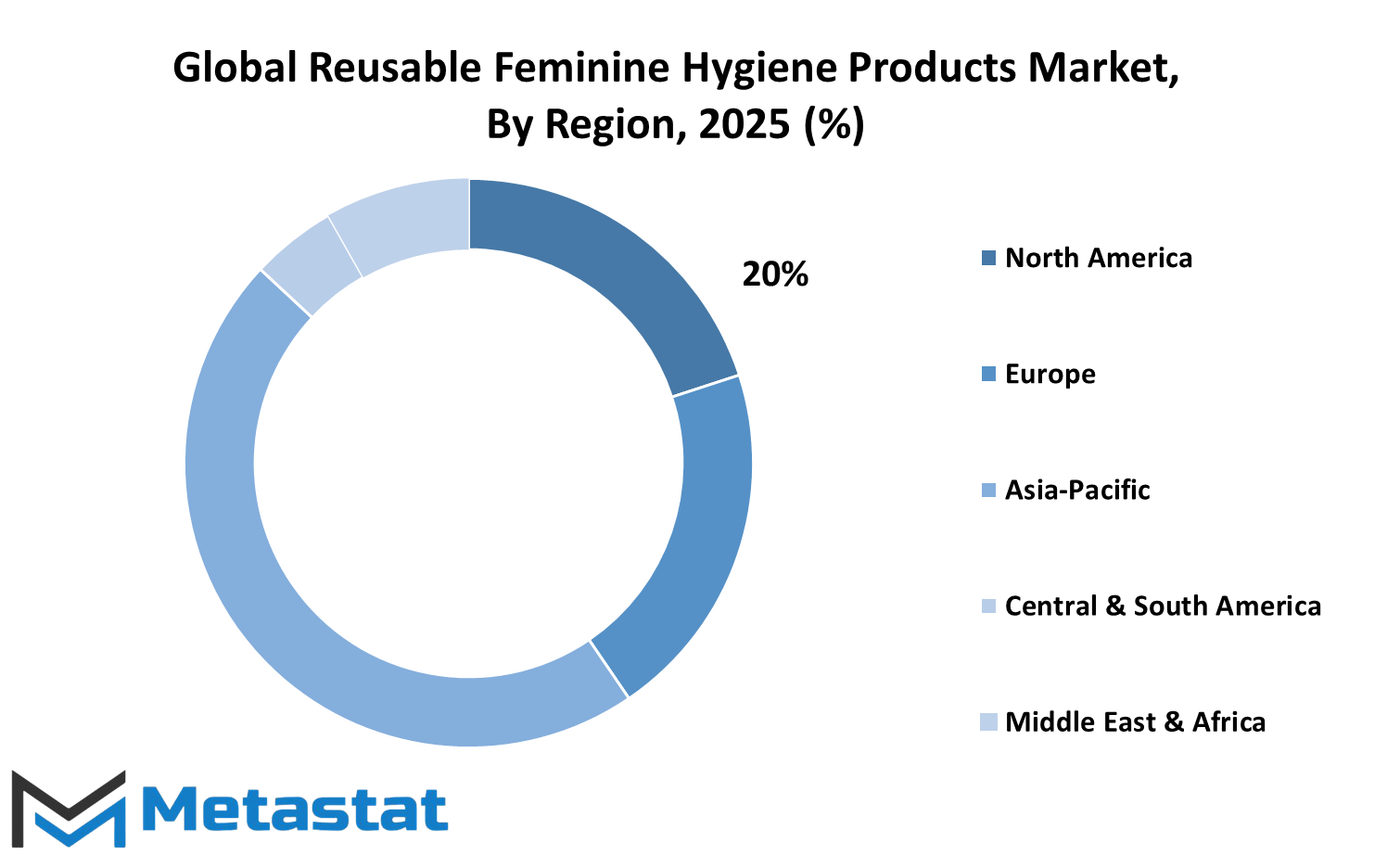
COMPETITIVE PLAYERS
There is a surge in the Global Reusable Feminine Hygiene Products market, as more consumers are moving to greener alternatives than conventional products according to market surveys. The drive for this change is not just increasing environmental awareness but also health and comfort. While the acceptance of such products has been implemented in the ages, with rising advancement in the demand for reusable products, a good number of companies are working towards entering and innovating such space within the industry. Some of the competitive companies operating within the market will throw light into how the industry is evolving and trends looking into the future.
An established market player-designed high-quality, durable feminine hygiene products company Beck's Classic Manufacturing Inc. has capitalized on the comfort, performance, and sustainability product aspects, thus making it a household name with consumers. Though, the company has been able to successfully integrate traditional practices with modern needs allowing it to reach several customer bases.
Another of the leading names under which mass success has been achieved is Charlie Banana. They offer a wide variety of reusable products that all have easy use and convenient designs. Products like their reusable cloth pads and menstrual cups are specifically made for the environment-conscious individuals those who are looking for practical, sustainable solutions. Charlie Banana has intensely prioritized making products that are easy to use and maintained.
GladRags Corporation has pioneered the reusable feminine hygiene space much attached to organic cotton products. Gale and GladRags well maintains the 'old tradition of sticking to those unending commitments towards environmental and consumer needs. GladRags has continued to offer innovative products that stress comfort and absorbency, thus eco-friendliness, positioning them as a favorite trustworthy brand on the market.
AFRIpads (U) Ltd. is not about producing reusable feminine hygiene products from scratch; it may look so in laser focus within regions deprived of primary access to conventional sanitary items. It is making efforts for improving women's health and hygiene from much underserved areas. AFRIpads, through social impact and partnerships, is creating an important key player to sustainable and social change.
PANTYPROP INC, Zorbies Incontinence Underwear, and Thinx, Inc, are progressive making their names in this market through innovativeness. They are developing answers to the leak-proof and comfortable underwear to suit not only the need in women but also individuals who may likely experience incontinence. Thus, reusable hygiene products have been opened up to a wider audience due to these brands.
All Together Enterprises, Bambino Mio, and Saalt are among those who have emerged as major challengers with value offerings and unique products. Environmental sustainability paired with focus on comfort and affordability makes them the likely candidates for future success as demand for reusable feminine hygiene skyrockets.
Reusable Feminine Hygiene Products Market Key Segments:
By Product Type
- Feminine Hygiene
- Adult Incontinence
- Baby Diapers
By Insert Material Type
- Cotton
- Bamboo
- Hemp
- Others (Zorb, Microfiber, etc.)
By Cover Material Type
- Fleece
- PUL
- Others (Micro fleece, Suede cloth, etc.)
By End-User
- Individual
- Commercial
Key Global Reusable Feminine Hygiene Products Industry Players
- Beck’s Classic Manufacturing Inc.
- Charlie Banana
- GladRags Corporation
- AFRIpads (U) Ltd.
- PANTYPROP INC
- Zorbies Incontinence Underwear
- Thinx, Inc.
- All Together Enterprises
- Bambino Mio
- Saalt
WHAT REPORT PROVIDES
- Full in-depth analysis of the parent Industry
- Important changes in market and its dynamics
- Segmentation details of the market
- Former, on-going, and projected market analysis in terms of volume and value
- Assessment of niche industry developments
- Market share analysis
- Key strategies of major players
- Emerging segments and regional growth potential



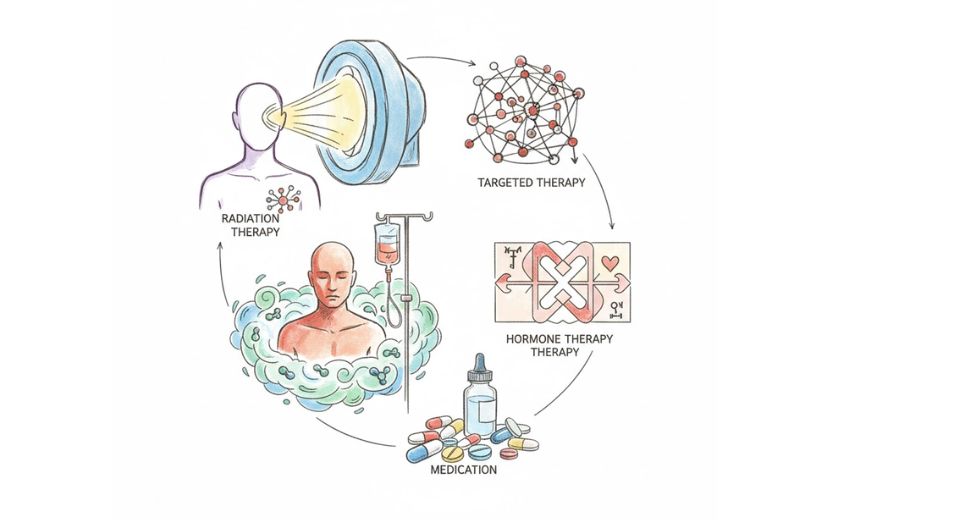
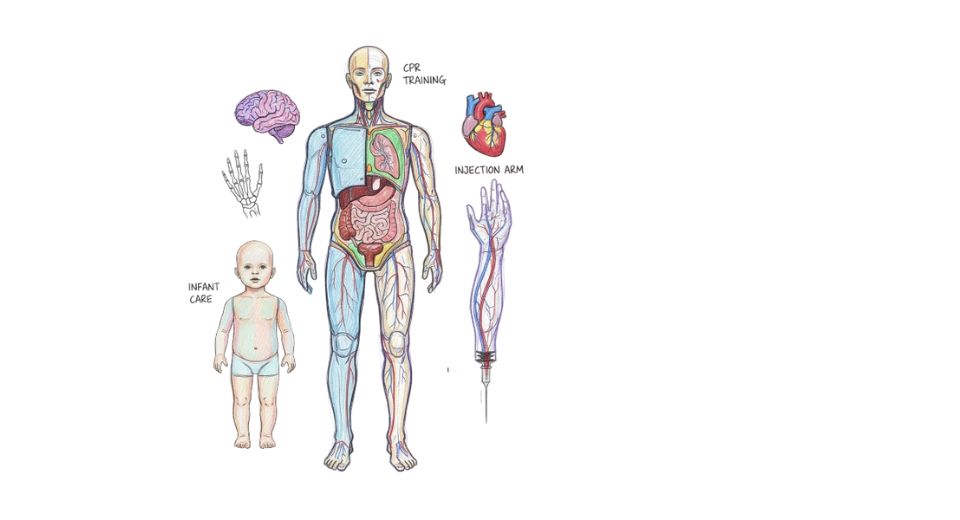
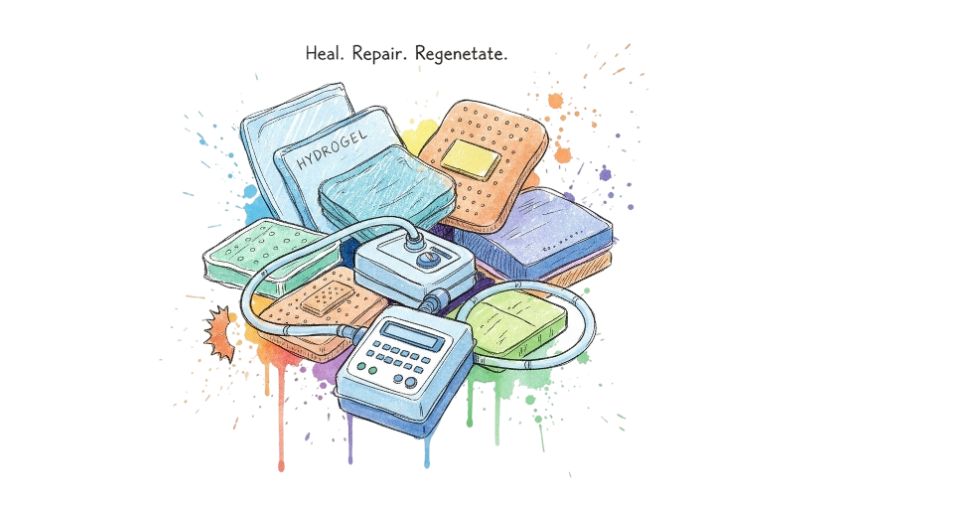


 US: +1 3023308252
US: +1 3023308252






